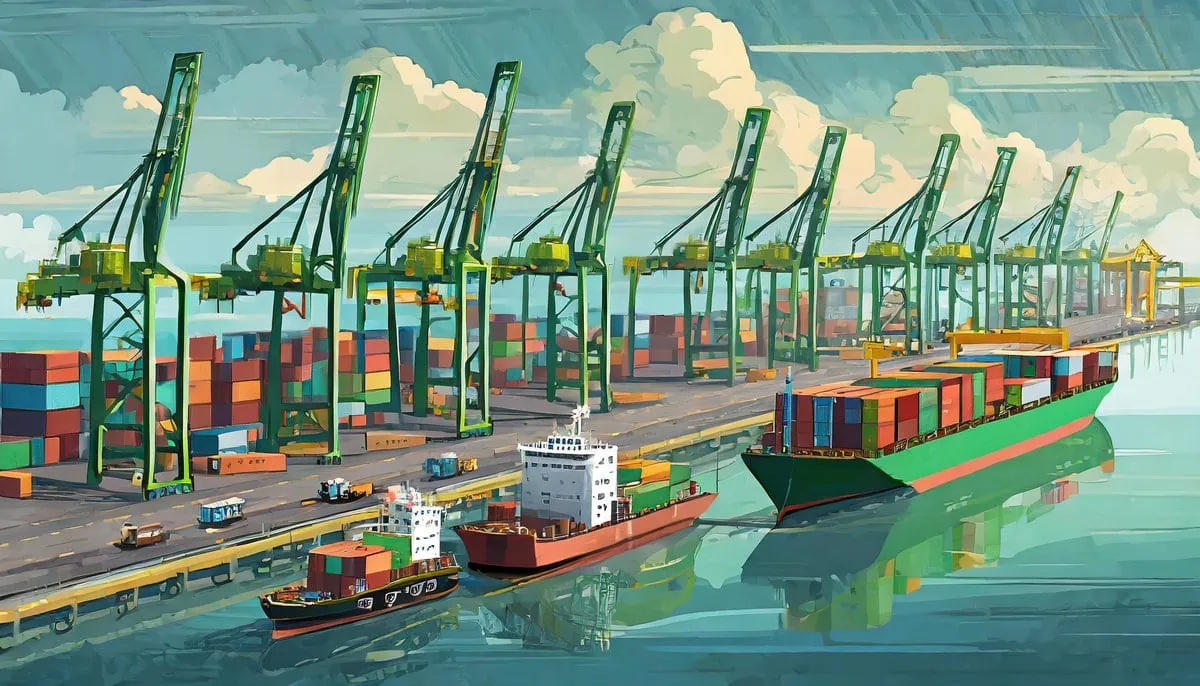
Part 1 – The Heart of Global Trade
“Passport to PORTS” invites you to embark on this journey of discovery, revealing the intricate logistics dance that brings the world to your doorstep.
Where the World Connects!

Ports serve as the heartbeats of global trade, pulsing with activity as goods are imported and exported around the clock. This section will explore how ports function as crucial nodes in the global trade network, enabling countries to exchange products and raw materials essential for their economies and people’s daily lives.
Imagine A World Without Ports…
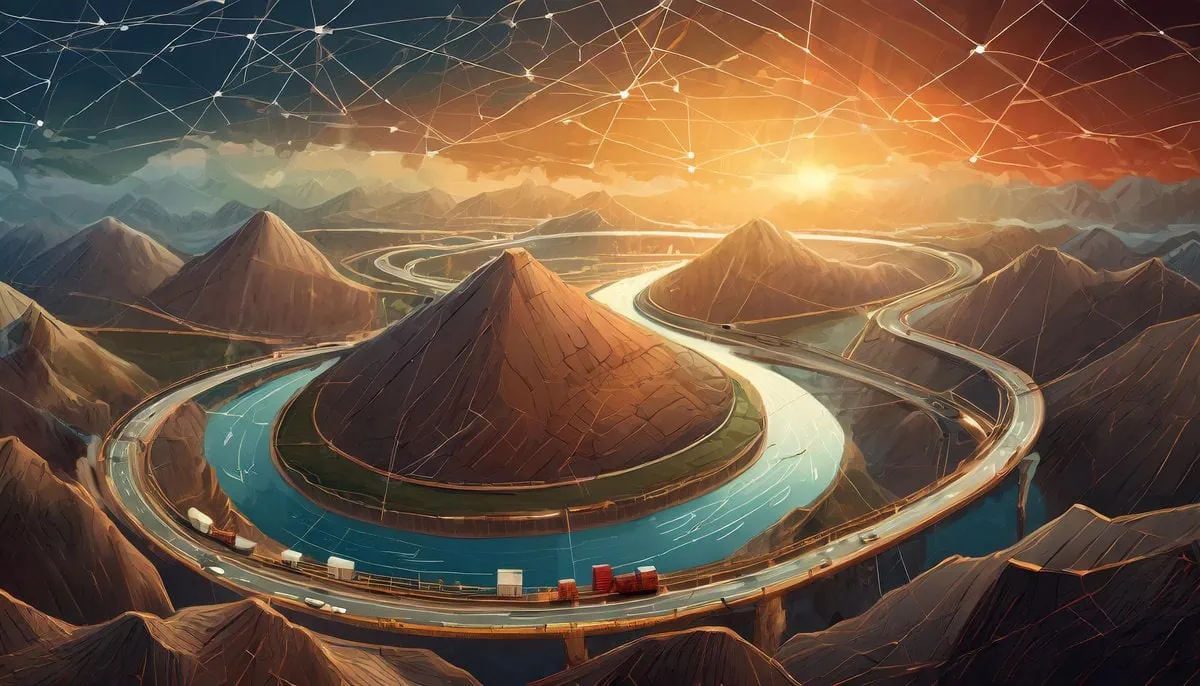
It’s like having roads with no intersections. Just as intersections connect various paths, allowing people to reach their destinations, ports serve as pivotal junctures in the world’s trade network, enabling a seamless flow of goods across continents and oceans.
Ports are bustling hubs where ships dock to load and unload containers and cargo, from the sneakers you wear to the smartphone you can’t live without. These goods are then distributed to stores and homes, making our modern way of life possible. Let’s take a closer look at how ports power global trade.
Singapore’s PSA Port
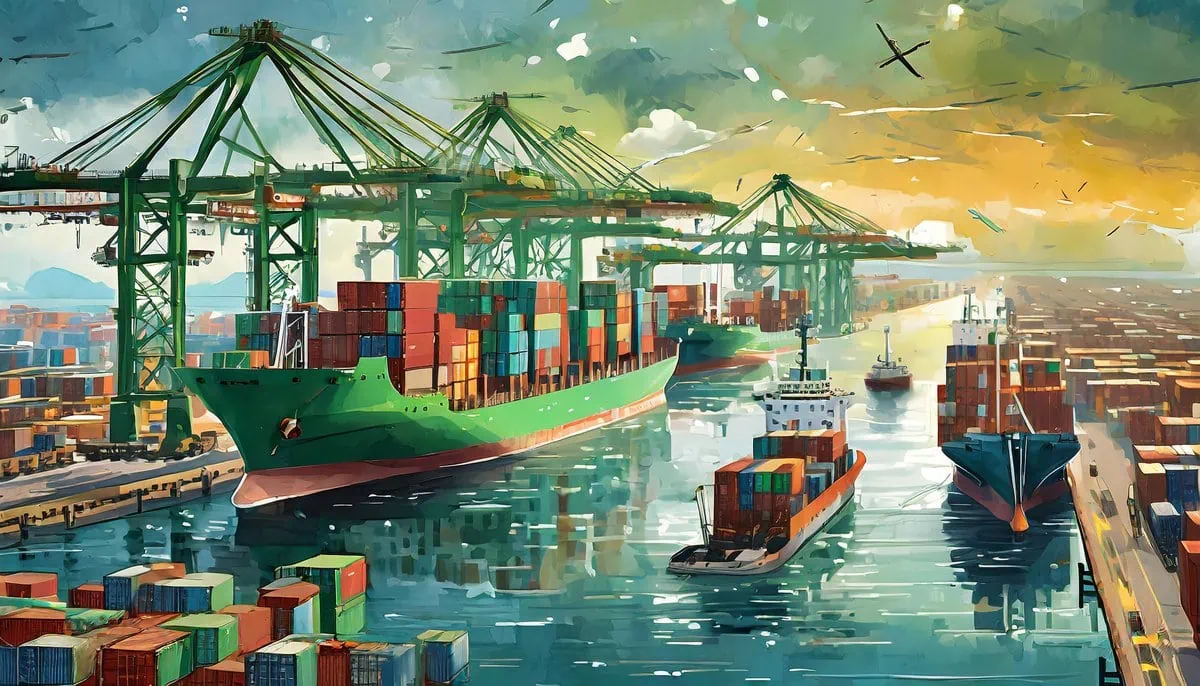
Singapore’s port, one of the world’s busiest, exemplifies the interconnectedness of our global economy. It’s a convergence point for goods from Europe, Africa, and the Americas, which then journey to various parts of Asia and beyond.
But this isn’t just a bustling harbour; it’s a strategic hub that orchestrates the flow of goods across continents, ensuring that products made in one part of the world reach another with unparalleled efficiency.
The Hub and Spoke System: A Masterstroke in Logistics
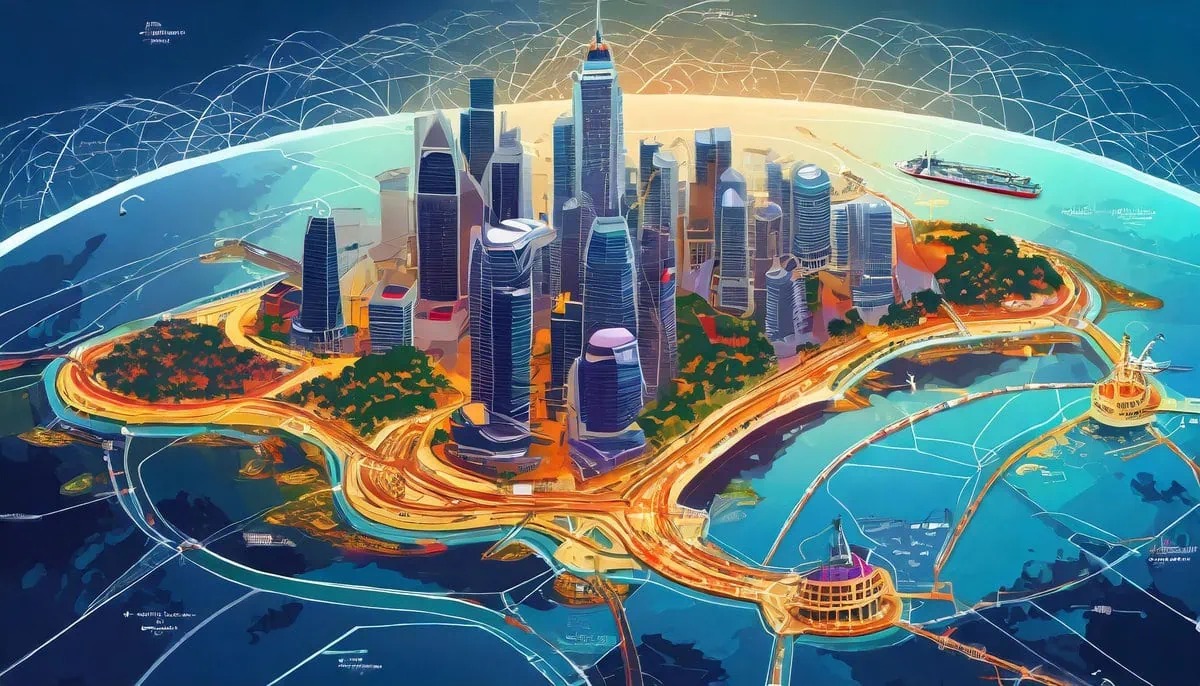
PSA Singapore serves as the central hub in a vast logistical wheel, connecting distant markets with its strategic “hub and spoke” system. This model simplifies the complexity of international shipping, allowing for goods to be transferred seamlessly across the globe, minimizing stops and streamlining the journey from manufacturer to consumer.
Singapore’s PSA Port stands out for its:

Strategic Location: Positioned at the crossroads of major trade routes, it’s an indispensable node in the network of global commerce.
Technological Innovation: Boasting state-of-the-art facilities, PSA is at the forefront of maritime logistics, setting standards in efficiency and speed.
Global Presence: With operations beyond Singapore, PSA’s network facilitates a smoother, more connected global trade system.
Why It Matters – Essential Goods on the Move
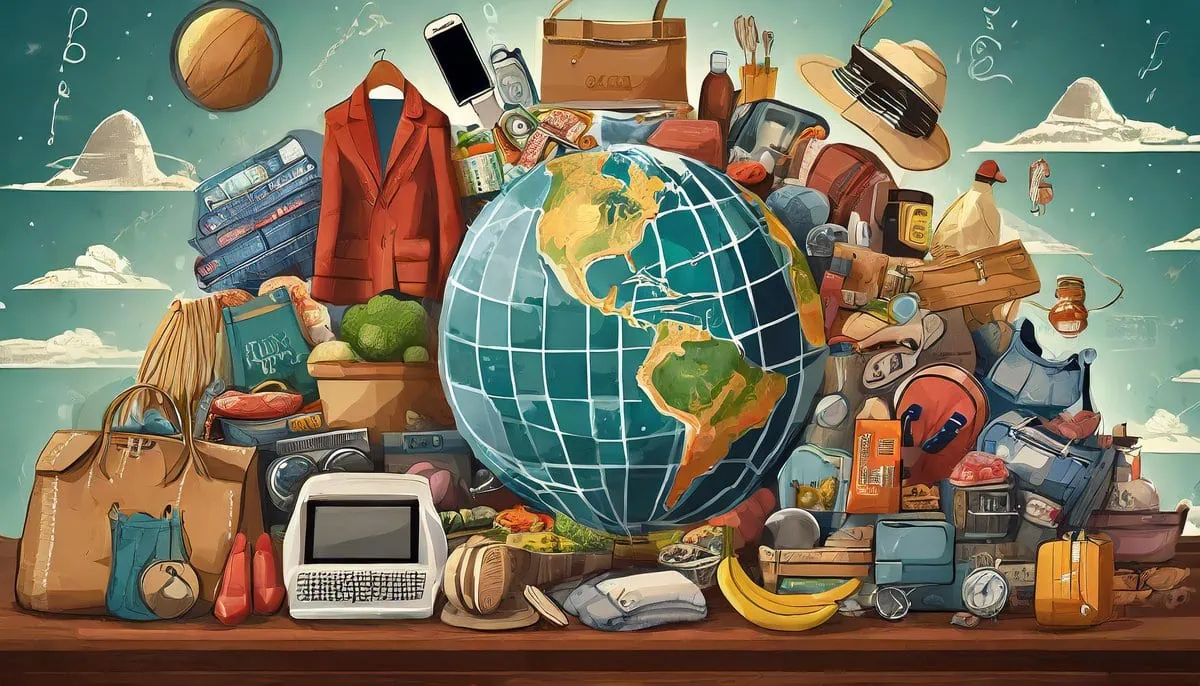
Every item you use daily, from tech gadgets to clothing, likely passed through PSA or a similar hub. This highlights the interconnected nature of our world, and is a reminder of the invisible networks that support our way of life, bringing the world closer with every ship that docks and departs.
Everyday items like clothing, electronics, and food products pass through ports. For example, the coffee you enjoy in the morning may have arrived from Brazil, while your gaming console could have been shipped from Japan.
Ports are not just about cargo; they are vital for economies and livelihoods around the world, facilitating the exchange of products and raw materials essential for nations and their citizens.
Part 2 – A Basic Introduction to Supply Chains
Now that we’ve explored the vital role of ports in global trade, let’s delve deeper into the intricate networks that bring goods to our doorstep.
Supply chains are the backbone of international commerce, connecting producers, shippers, and consumers across the globe. In this section, we’ll embark on a journey to understand the evolution of supply chains, from ancient trade routes to modern digital networks.
We’ll examine the complex dance of logistics, the role of technology, and the adaptability of supply chains in today’s fast-paced world.
The Evolution of Supply Chains
From Past to Present
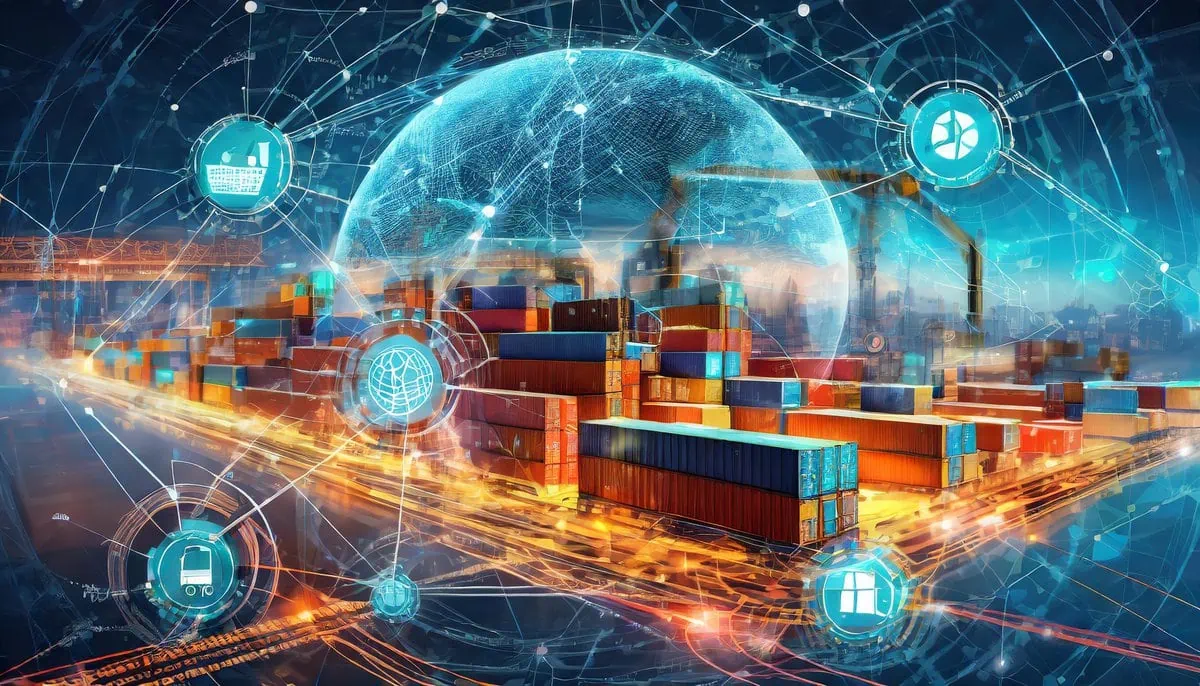
Supply chains have come a long way from the simple trade routes of ancient civilizations. The Silk Road, for instance, was an early form of a supply chain, connecting the East and West. Today, supply chains have become global and digital, with products often traveling thousands of miles from where they are made to where they are used.
The Modern Dance of Logistics
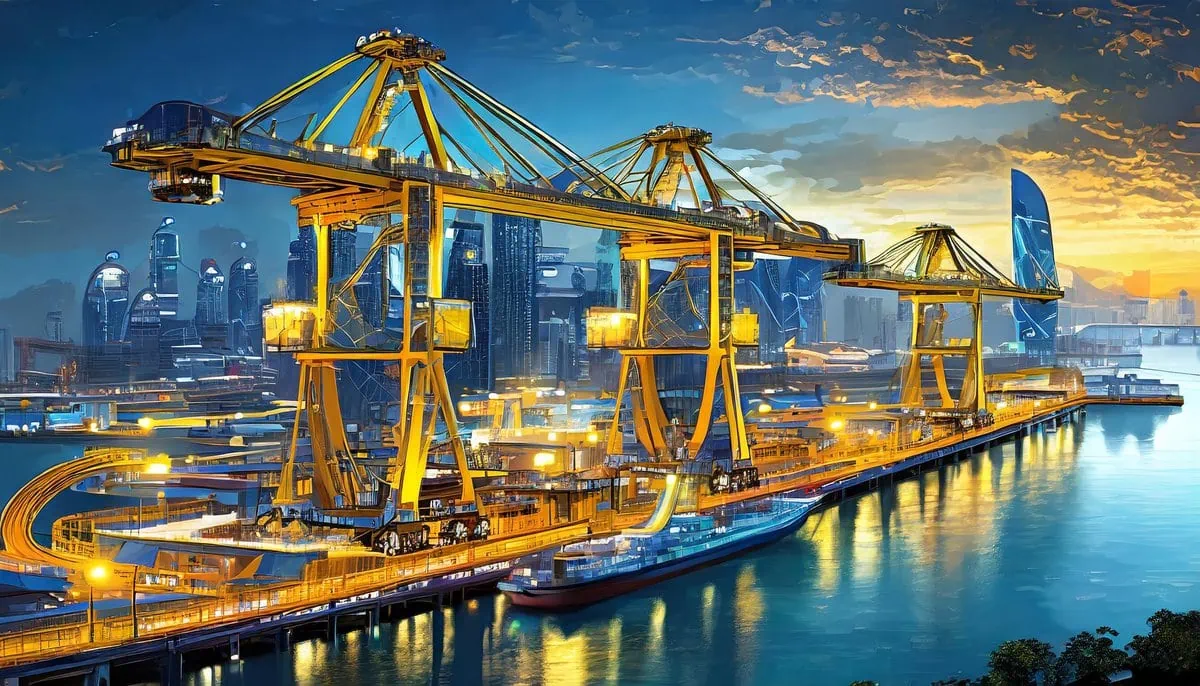
Today’s supply chains are complex networks involving producers, shippers, ports, and consumers. Each node and mode—from the factory floor to container ships, from ports to warehouses, and finally to retail stores and your doorstep—plays a crucial role in this intricate dance.
Supply Chain Networks Today
Modern supply chains are not just linear; they are networks that can adjust and respond to changes in demand, supply disruptions, or transportation delays. Technology plays a key role, with digital tracking, AI, and blockchain improving efficiency and transparency.
The World at Your Doorstep
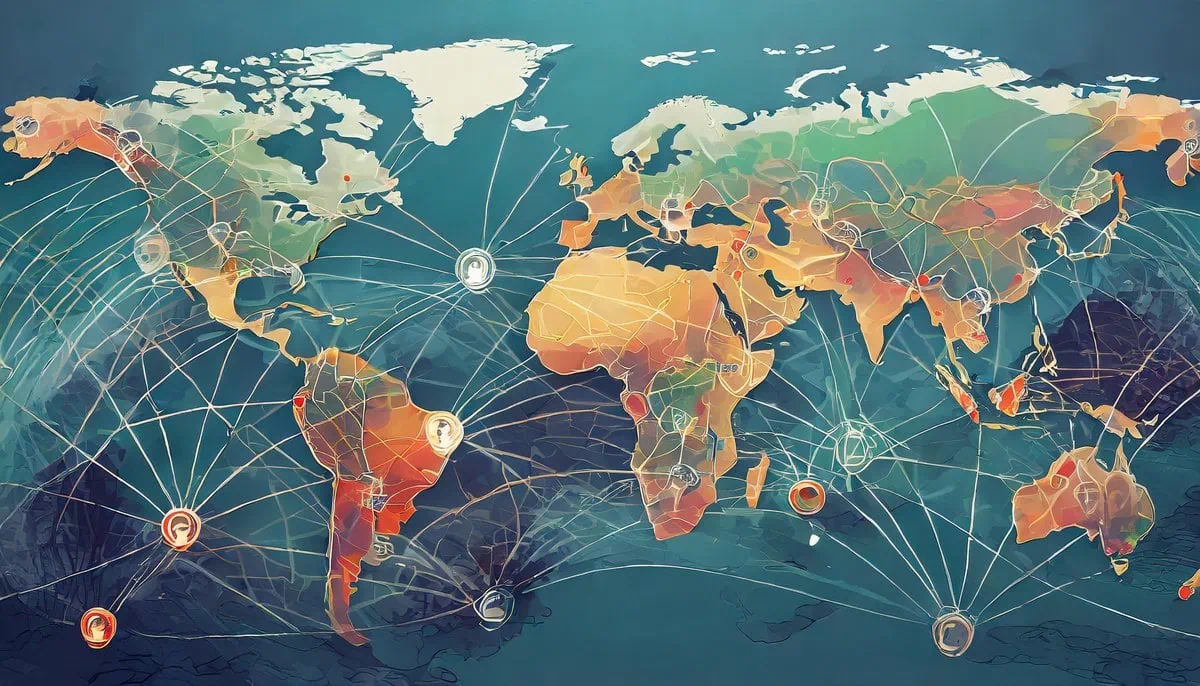
Ports and supply chains are the hidden machinery behind the scenes, making our globalized world possible. They ensure that the products we rely on daily, from the food we eat to the clothes we wear and the gadgets we use, are available whenever and wherever we need them. By understanding how ports connect the world and how supply chains operate, we gain a deeper appreciation for the complexity and sophistication of the global trade that shapes our daily lives.
